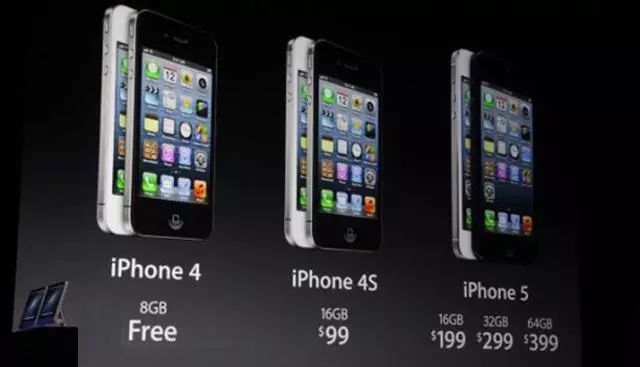Historically, our smartphones have supported memory cards. However, since the release of Apple’s iPhone, an increasing number of smartphones, especially Android devices, have begun to drop support for memory cards. Why is this happening? There are many reasons, and let the editor of ROM Base explain them slowly.
1. The Design Trend of the Android System
Initially, Android aimed to align its design with iOS by storing all phone data in built-in storage. However, the problem arose that early storage chips were quite expensive, and if Android followed this approach, the cost of smartphones would inevitably be high.

To reduce smartphone costs, the Android system began supporting memory cards starting from version 2.2, allowing applications to be installed on the memory card (App2SD feature). By the time of Android 2.3, many devices were designed with dual 512MB configurations, and with the App2SD feature, this was not a significant issue.
But did this resolve everything? No. Memory cards are typically inserted directly into the phone, and if they are not securely fitted, they can easily become disconnected from the system due to looseness, poor contact, or being removed. Considering these issues, Google’s Android engineers began to attempt to reduce Android’s reliance on memory cards.
At the same time, storage chips began to drop significantly in price, diminishing the price advantage of memory cards. Additionally, due to the hardware limitations of memory cards, they cannot be continuously awakened without affecting their lifespan. Some memory cards use cheap chips, which not only have slow read speeds but can also fail after excessive data writing.
Therefore, starting from Android 4.0, the Android system imposed various restrictions on memory card support. Android 4.1 removed the App2SD feature, prohibiting applications from being installed on SD cards. Android 4.4 began to prohibit applications from writing files to SD cards, and application programs and their data were generally forced to be stored in built-in storage.
As smartphone storage chips became cheaper, the Android system no longer relied on memory cards, allowing many Android phones to function well without them, leading manufacturers to produce many models that do not support memory cards.
2. Possible Suspicions of Manufacturers Exploiting Users
The downside of smartphones not supporting memory cards is that if the phone breaks and cannot boot, you will generally be unable to export your data. Even if you manage to extract the raw data, it is encrypted and cannot be restored. In simple terms, if the phone is dead, the data is lost. In contrast, if your phone supports memory cards, recovery is much easier.

Generally, even if a phone breaks, the memory card is unlikely to be damaged, as many memory cards today are designed to be waterproof, dustproof, and shockproof. This means that even if your phone is severely damaged, some important files like photos and videos may still be safe.
According to the analysis by the editor of ROM Base, the reasons smartphone manufacturers consider for not supporting memory cards generally include the following:
1. External memory cards vary in quality, which may affect the phone’s performance;
2. High integration of smartphones leaves no space for memory card slots;
3. Built-in storage is sufficient, eliminating the need for expansion;
4. Blindly following Apple’s design trends;
5. Possible suspicions of exploiting users.
The first few points are self-explanatory, but let’s focus on the fifth point. Why is there a suspicion of exploiting users? Because recent reports indicate that the cost of smartphone storage chips only increases by about 50 RMB for every additional 16GB.
It is well-known that for Apple’s iPhone, the price increases by 100 USD for every additional 16GB of storage. Some domestic manufacturers have also started to follow suit, with a price difference of 500 RMB between the 16GB and 64GB versions, which is a profit margin that rivals Apple’s, hence the term “paying tribute to Apple.”
Since the cost of memory cards (Flash) is much lower than that of storage chips (eMMC), smartphones that support memory cards do not require as large storage chips, saving significant costs. Additionally, if users want to change phones, memory cards can be easily removed, while built-in storage chips cannot be transferred, increasing the hidden costs of switching devices.
Editor’s Note:
Some netizens jokingly remarked that every time a Chinese smartphone manufacturer releases a new phone, it seems to be telling everyone that the iPhone is the best phone on this planet. The editor does not intend to merely criticize smartphone manufacturers but hopes they can consider users more and not blindly follow trends.